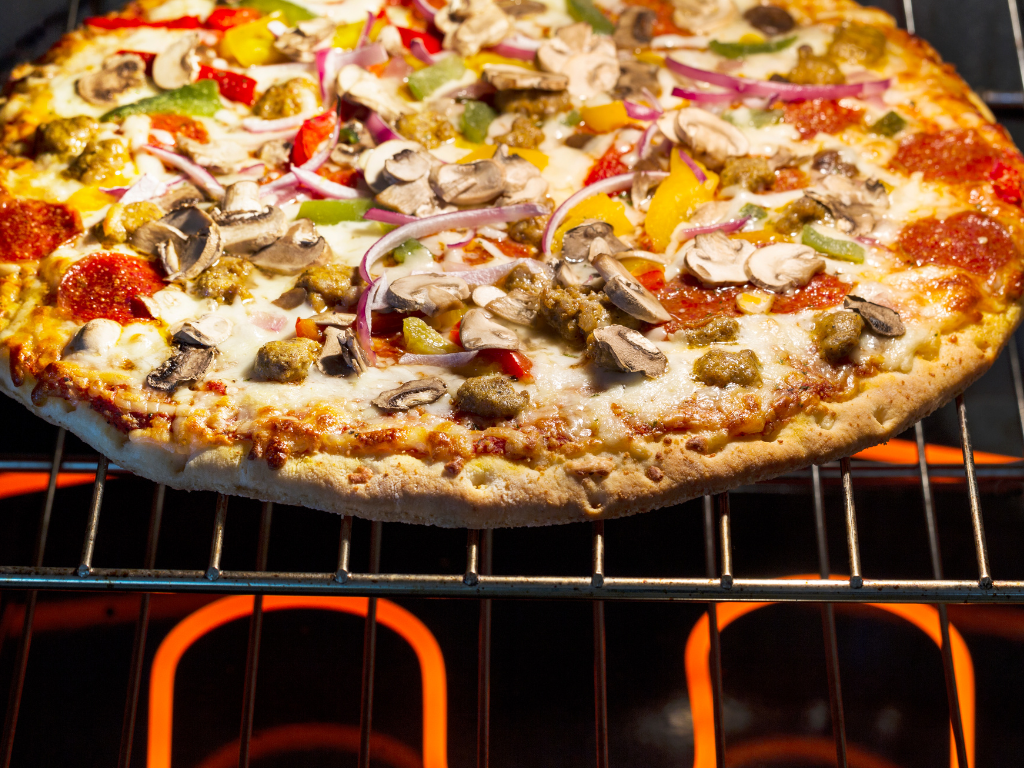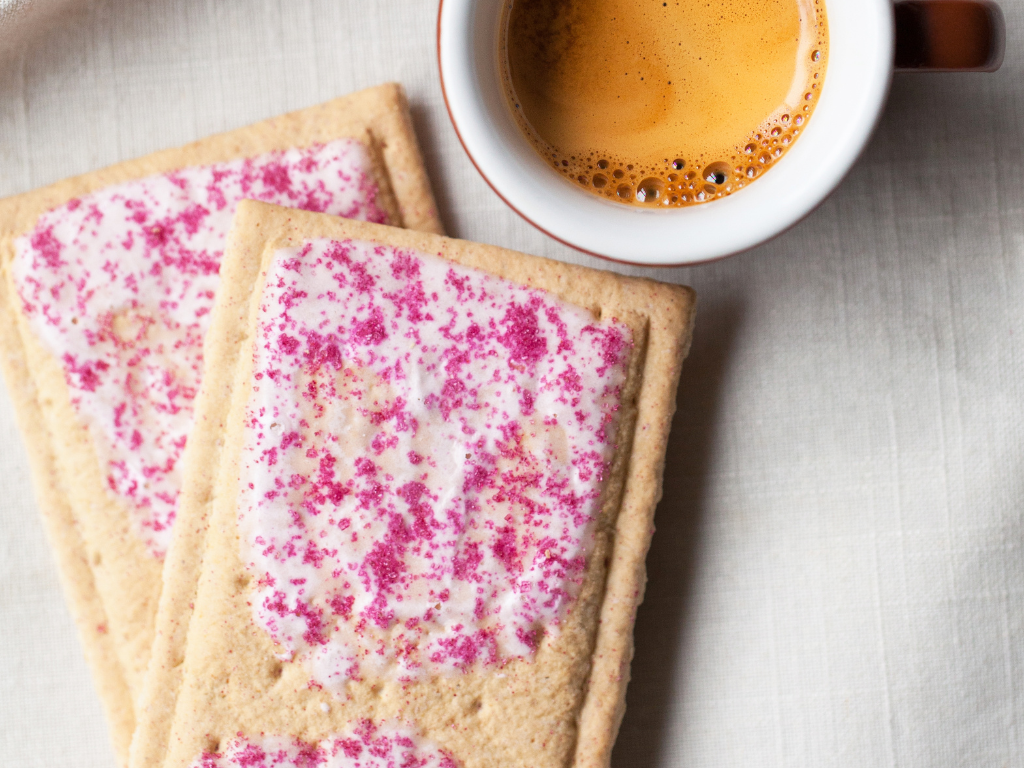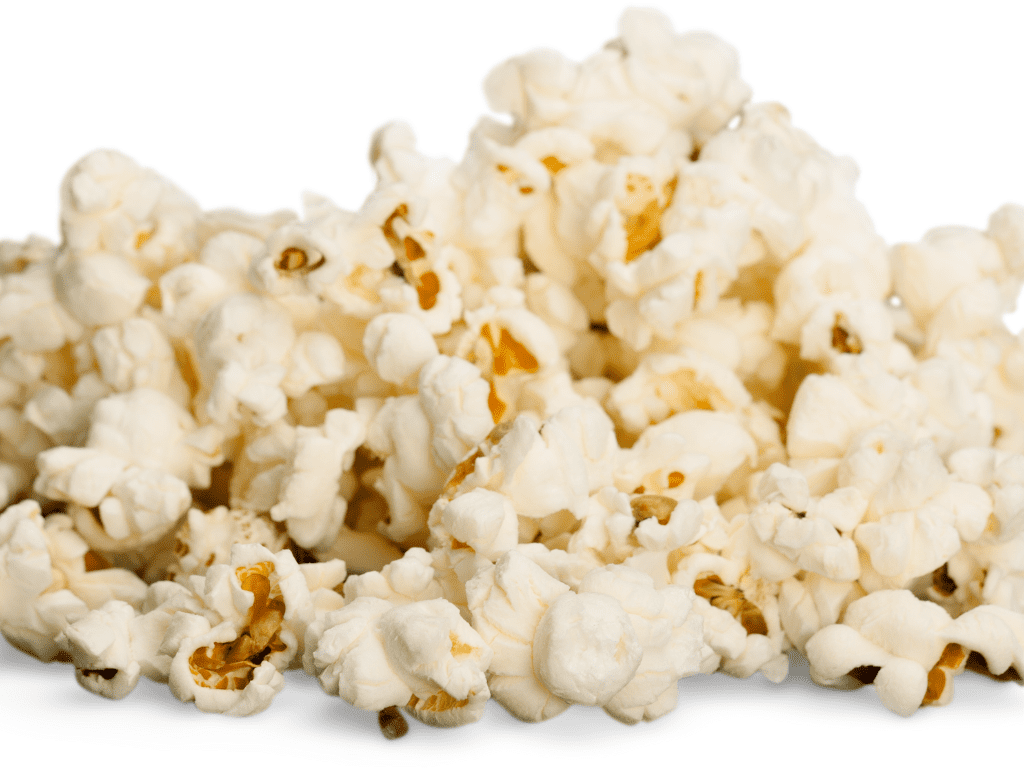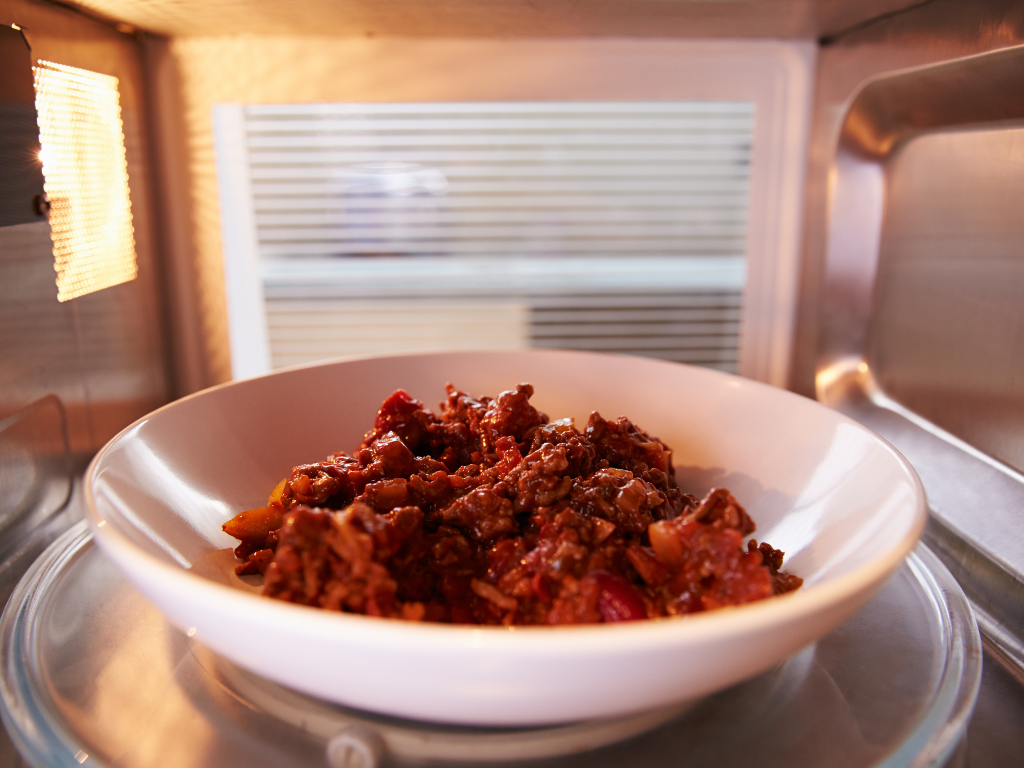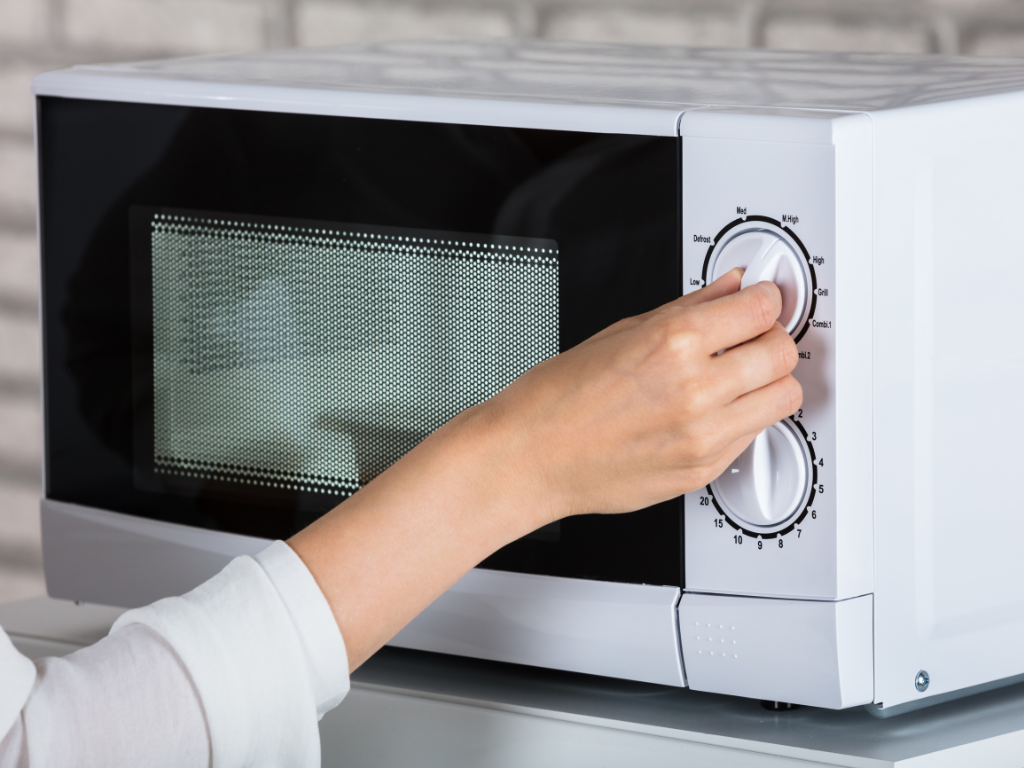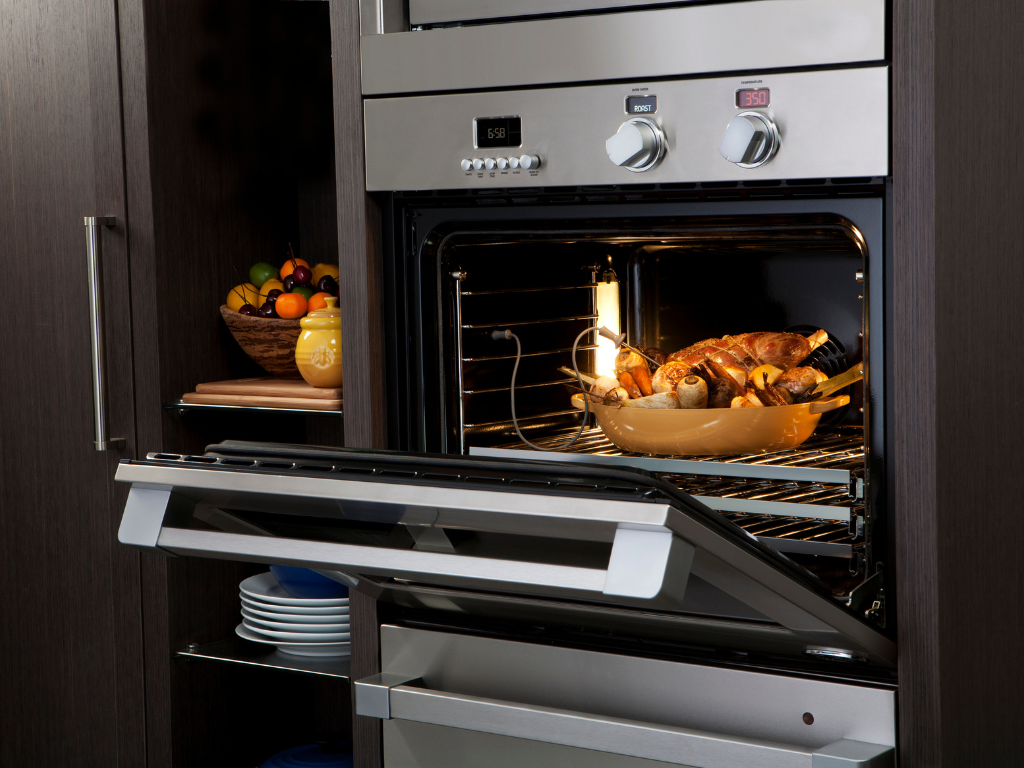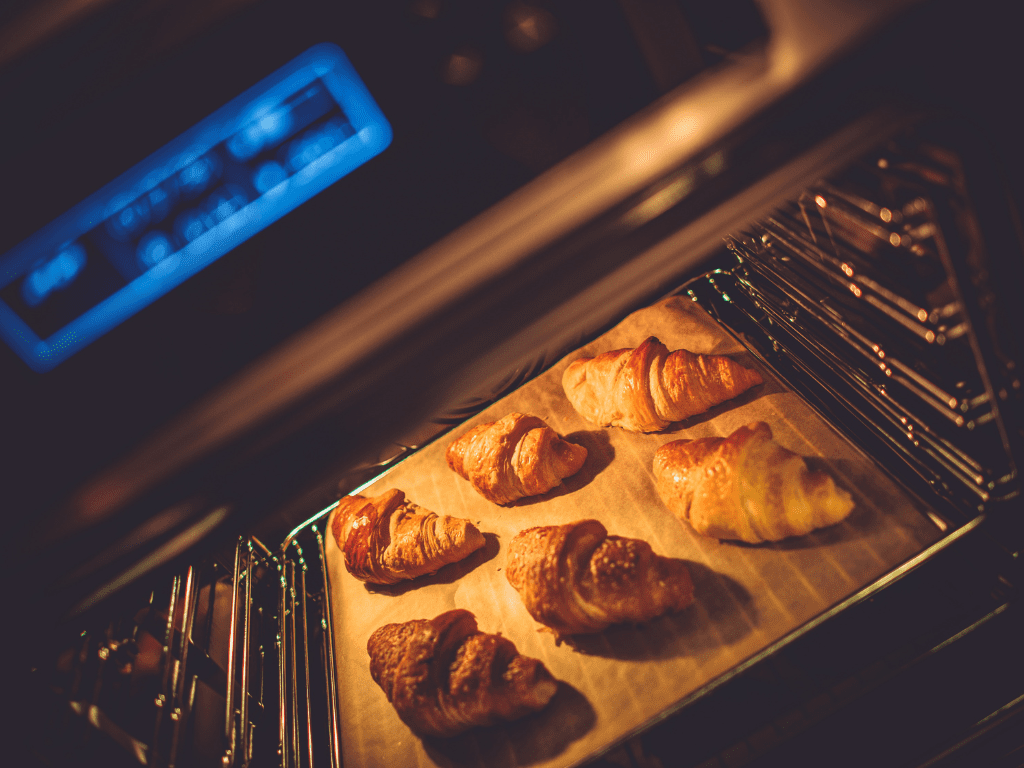
That well-loved vanilla extract is really only the beginning when it comes to using flavors to enhance your baking. You can infuse almond, peppermint, and even coffee into your cookies and cakes with the help of extracts and oils. Here’s what you need to know to get started.
First, extracts and oils are not the same thing.
You’re probably more familiar with extracts, like vanilla, which are made by extracting the flavor of an ingredient into a liquid base, which is usually alcohol. So to make vanilla extract, vanilla beans are steeped in alcohol until their flavor and aroma infuse that alcohol.
Oils, however, are the essential oil squeezed from the ingredient itself — so vanilla oil is made from squeezing the beans to extract their oil. Oils tend to be more concentrated and pure-tasting in flavor.
Know when to use which.
Both extracts and oils are used to infuse flavor into baked goods, but they do so in different ways. Since extracts are less intense, they’re usually added when you want the flavor to play in the background rather than take a starring roll. A little peppermint extract can get along well with chocolate in a recipe like cookies or brownies, but it won’t overwhelm. When you want something more pronounced, reach for oils. Since they are more concentrated, you’ll get a stronger, clearer flavor. Orange or lemon oil is particularly lovely in a basic buttercream frosting or a simple pound cake.
Oh, and how about if you want to swap in one for another in a recipe? Remember that oils are stronger than extracts so you’ll need less.
1 teaspoon of extract = 3 to 5 drops of oil
Remember to refrigerate oils.
Extracts are shelf-stable and will keep for six months to one year in your pantry, but oils don’t have as long of a life. They should be refrigerated after opening to keep them from going rancid, and used within a few months.
In some recipes, using a flavor extract or flavor is easier and yields a tastier, more uniform result than adding the actual ingredient itself. For example, almond flavor might be preferable to using chopped almonds in some breads, cakes or cookies. Whether you’re a novice or experienced baker, use the guide below to inform you as to when and how to incorporate the nuances of extracts and flavors in your recipes.
EXTRACT
An extract is a concentrated solution that contains the complex, alcohol-soluble volatile oils, resins and other compounds – all the flavors – that are found in the physical herb, spice, fruit or nut being extracted. The extract solution used to pull these essences from the plant material is usually ethyl alcohol that’s been distilled from fermented corn. (Note: The alcohol used in Frontier Co-op extracts does not contain GMO ingredients or GMO-suspect ingredients, and Frontier Co-op now offers Non-GMO Project Verified Vanilla Extract.
Extracts can be extremely concentrated and powerful. The FDA designates that in order to be called an extract, the solution must contain at least 35 percent alcohol by volume and, as an example, the vanilla extractives must amount to at least 13.35 percent of the volume of a vanilla extract.
FRONTIER CO-OP EXTRACTS
Almond extract’s flavor has a sweet, nutty essence. It’s well-suited for baking, especially in pastries like croissants, turnovers and cookies. Comes in a water or dairy soluble water, alcohol and glycerin base.
Chocolate Extract
Sweet chocolate extract enhances chocolate milkshakes, puddings, cheesecakes and whipped cream. Add 1 to 2 tablespoons to 2 cups whipped cream for a chocolaty dessert topping. Comes in a water or dairy soluble agave syrup, alcohol and water base.
Vanilla Extract
Vanilla is by far the most popular baking extract. It adds a distinct yet subtle flavor to almost any recipe. Vanilla extract comes from vanilla beans that have been steeped in alcohol. It’s widely used to flavor desserts, especially baked goods and ice cream. Many chefs have discovered it to be an interesting ingredient to use in savory dishes as well. Comes in water or dairy soluble water and alcohol base.
Indonesia Vanilla Extract
Indonesian vanilla beans are processed in such a way that their intense flavor holds up to cooking well. Use the extract in baked goods and hot cocoa. Comes in a water or dairy soluble water and alcohol base.
FRONTIER CO-OP FLAVORS
Almond Flavor
Almond flavor won’t evaporate as quickly as almond extract when heated. Add it to your favorite cookie, frosting and meringue recipes. For a special treat, add 1/2 teaspoon almond flavor to waffle, pancake or French toast batter. Also, try a dash in coffee, hot chocolate and milkshakes. Comes in a water or dairy soluble water and glycerin base.
Cinnamon Flavor
Cinnamon flavor is used when the powder would interfere with the moisture or clarity in recipes. To use, simply mix a few drops into cookie, cake, waffle or pancake batter. You can also make a non-edible kitchen aromatic by adding cinnamon flavor to a quart of simmering water, along with cloves and cinnamon sticks. Comes in an oil soluble sunflower seed oil base.
Coconut Flavor
Coconut flavor adds a tropical flair to frostings, pancake batter, syrups, cookies and candy. Also try a dash in your favorite milkshakes and smoothies. Comes in an oil soluble sunflower seed oil base.
Lemon Flavor
Lemon flavor adds stronger lemon flavor than lemon juice. Use it in cakes, cookies, candy, bars, puddings, sauces, ice creams and sorbets, muffins, icings and frostings. Try a dash in hot or cold tea. Comes in an oil soluble canola oil base.
Maple Flavor
Add maple flavor to fudge, brownie, taffy and frosting recipes. Try a dash or two in baked beans, barbecue sauce, soups, cookies and pies, hot cereal, muffins and breads. It’s delicious with all types of squash, and makes an easy flavor upgrade for butter, too. Comes in a water soluble glycerin and water base.
Mint Flavor
Mint is a versatile flavor. Think outside the chocolate box and add it by the dash to icings and coffee, as well as cake, pudding, and cookie recipes. Hot or cold teas perk up instantly with a bit of mint flavor. Comes in an oil soluble sunflower seed oil base.
Orange Flavor
The orange flavor gives a stronger taste to your recipes than orange juice. It’s useful when you want to add the citrus to your baking without squeezing the actual fruit. Use in cookies, muffins, breads, ice cream, puddings and icings. Comes in an oil soluble sunflower seed oil base.
Peppermint Flavor
This flavor is a best friend to chocolate, holiday baking and sinful drinks. Use in cupcakes, scones, brownies, frosting and homemade ice cream. Add to milkshakes, puddings and hot chocolate. Comes in an oil soluble sunflower seed oil base.
Raspberry Flavor
For a tasty raspberry treat, add raspberry flavor to chocolate sauces and puddings, whipped cream and icings. Or add a few drops to vinaigrettes for a berry zest. For raspberry iced tea, add 1/2 teaspoon per pint of tea. Comes in a water soluble glycerin and water base.
Strawberry Flavor
Add berry-fresh flavor to smoothies and dressings for fruit salads. Also enhances frostings, whipped cream and angel food cakes. Comes in a water soluble glycerin and water base.
Vanilla Flavor
This vanilla flavor is derived from real vanilla beans with little to no alcohol. It’s a concentrated vanilla flavor, extra-rich and creamy, making it especially useful for baking. Comes in a water soluble glycerin and water base.
Can you add extract to cake mix?
Yes. Adding vanilla, almond, or any other extract to your cake mix will work just fine! Be sure to mix the extract into the batter thoroughly, then bake.
What is vanilla salt?
Vanilla salt is a combination of two things that go great together: vanilla extract and sea salt. The combination of the two ingredients will add flavor to recipes and provide a light coating for whatever you’re cooking. One tablespoon of vanilla salt equals half a teaspoon of regular table salt and three quarters of one drop of pure vanilla extract!
Is there sugar in vanilla sugar?
Any sugar will be completely extracted during the processing (provided enough time is allowed) leaving behind only crystals that have been infused with vanilla flavor. This is the reason why some manufacturers of vanilla sugar add a dash of sugar to their mix.
The Cheater Chef knows that baking with extract is not cheating. Once you get the hang of using extracts in your cooking, you will understand why it’s so effective. Extracts make great additions to everything from baked goods to sauces and even meats. The Cheater Chef knows that fresh is always best, but sometimes time can’t wait. Let the Cheater Chef be your guide, if that means using extract in a pinch – so be it!
How do you use flavor extracts in baking?
Absolute extract is a very concentrated vanilla. It is used when a recipe with water will not produce the desired flavor. Some bakers find it efficient to use alcohol based extracts in baked goods because they aren’t here today and gone tomorrow like water based extracts. The advantage to using alcohol extracts is that they don’t evaporate as quickly, leaving behind a more intense flavor that lingers on the palate longer.
Does sugar substitute work in baked goods?
Most of the sugar substitutes you can buy at your local grocery store such as Splenda, Equal or Sweet ‘n Low are heat-stable meaning that they do not lose their sweetness when exposed to heat. However, these imitation sugars do not work the same way as real sugar and are hard for your body to digest. So, when baking with these products, use ¼ cup less than your recipe calls for in order to create the correct density of sweetness. Also, baking on high temperatures with these products can have a negative effect on the way they affect your baked item.
How much butter extract should I use?
The amount of extract you will need to use depends on the size of your recipe, although a good starting point is to add it in ¼-teaspoon increments.
What are some common uses for vanilla extract?
Vanilla extract can be used in baked goods, desserts, candies and beverages. The most common sweets that call for vanilla extract include cookies, cakes, brownies and ice cream. Vanilla is also popularly used in beverages like milkshakes, hot chocolate and tea. You can also use vanilla extracts in various other recipes such as smoothies and green drinks.
How do you use food extract?
Food extracts are a superior way to add natural flavors. They are more concentrated than extract and therefore make a much stronger flavor. There are two common types of food extracts: alcohol-based and water-based. Alcohol-based extracts contain alcohol, which is very volatile and evaporates quickly during the cooking process, meaning that your dish will be left with a very short shelf life, while water-based extracts leave behind more flavor that will last longer on the dish when cooked.
Is there a safe way to use vanilla extract in baking?
Yes. Vanilla extract comes in various forms. The first option is to buy pure vanilla beans or pure vanilla bean paste (also called pure vanilla powder). The other option is to use vanilla extract. Plain vanilla extract is made from alcohol, water and vanilla. It is safe to use in baking as long as you follow the directions on the bottle.
What’s the difference between imitation and pure vanilla?
The main difference between imitation and pure vanilla comes in the way they taste. Imitation vanillas are known for their harsh, manufactured taste that lacks the rich aroma you would find in pure vanilla products. Pure vanilla products are made from real ingredients like real vanilla beans which take longer to produce but offer more authentic flavor than imitation vanillas that are made with artificial chemicals.
When using vanilla extract in cooking and baking, it’s important to use enough for the task at hand. The amount is usually given in teaspoons, so follow the direct measurements as listed on the bottle. Wherever possible, use affordable pure vanilla extract made from real vanilla beans. Use a good quality pure vanilla extract in your recipes. If you’re using an inexpensive substitute or imitation extract, you may be left with an unpleasant taste when baking your recipe.

